
CLIENT
Marie Louise de Monterey
CONTRIBUTION
UX STRATEGY
UX/CX DESIGN
YEAR
2023
Optimizing the Checkout Experience
I was asked to improve the user flow for an Australian e-commerce site, experiencing an increased drop-off rate during checkout, leading to abandoned purchases, and also to increase their average order value (AOV) by introducing checkout cross-sells and post-purchase upsells.
By refining the user journey and integrating strategic cross-selling opportunities, my goal was to create a smoother, more intuitive path to purchase while maximizing revenue potential.
Industry Research & Insights
I researched e-commerce UX trends and studies on payment friction in Australian e-commerce, two sources that I consulted extensively were;
1. Baymard Institute – Extensive research on cart abandonment and checkout UX.
2. Statista – Reports on Australian online shopping behavior.
(Sources for the statistics below : Baymard Institute - 2023, PayPal Checkout Study, Google’s Mobile UX Report).
62%
AUSTRALIAN CONSUMERS USE A
SMARTPHONE TO PURCHASE ONLINE *
50%
AUSTRALIAN CONSUMERS PURCHASE
ONLINE WITH A CREDIT CARD *
30%
DROP-OFF FOR EACH STEP
OF THE CHECKOUT JOURNEY *
70%
SHOPPERS ABANDON
PURCHASING ONLINE *
02
Observation & Question Time
User tests & sessions
We tested the checkout flow with existing customers (who received a discount voucher on their next purchases), the sessions were recorded and we identified several new friction points through the transcripts and confirmed suspected friction points. I looked at the customer support scripts to find anything related to the difficulties or successes with the payment and checkout process in the current store's UI design.
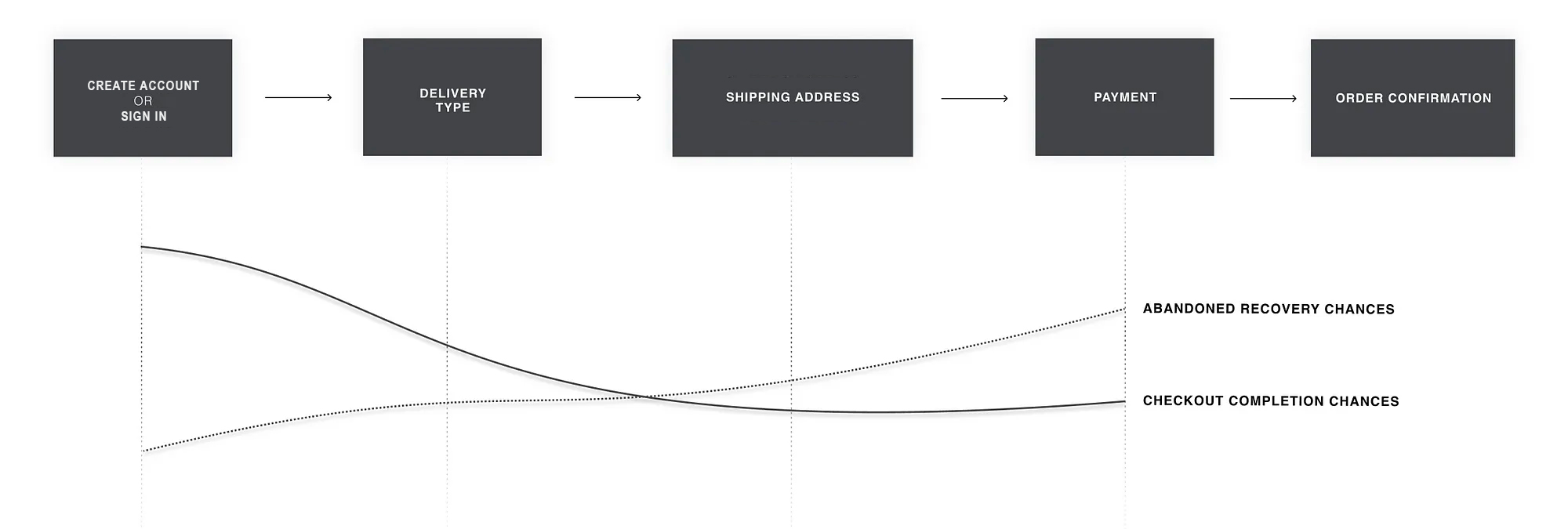
The existing user checkout flow for Marie Louis de Monterey.
03
Audit & Analysis
Audit on the existing checkout flow
The existing checkout flow separated over several screens with a progress tracker to keep users engaged but still did not prevent abandonment due to the number of steps to complete the payment process.
Speaking with the owners I understood that it had been designed to keep pages short, limit form fields, and avoid excessive scrolling.
Using analytics, we could see a 20-30% drop off in completing sales from start to end of the flow.
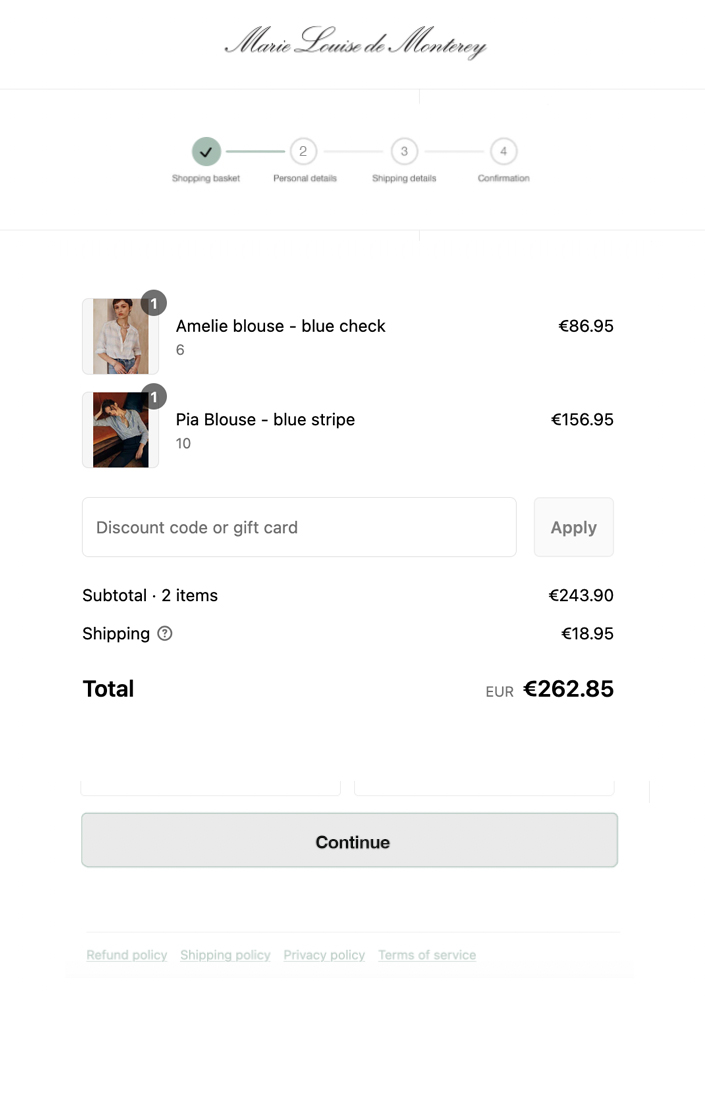

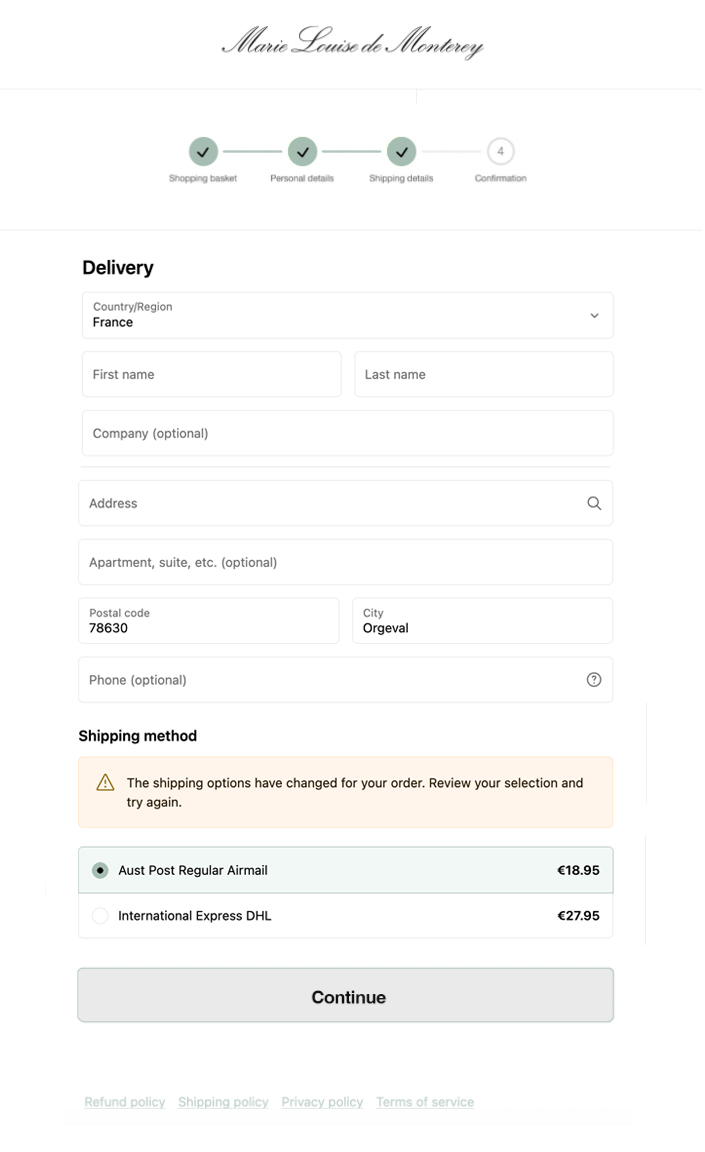
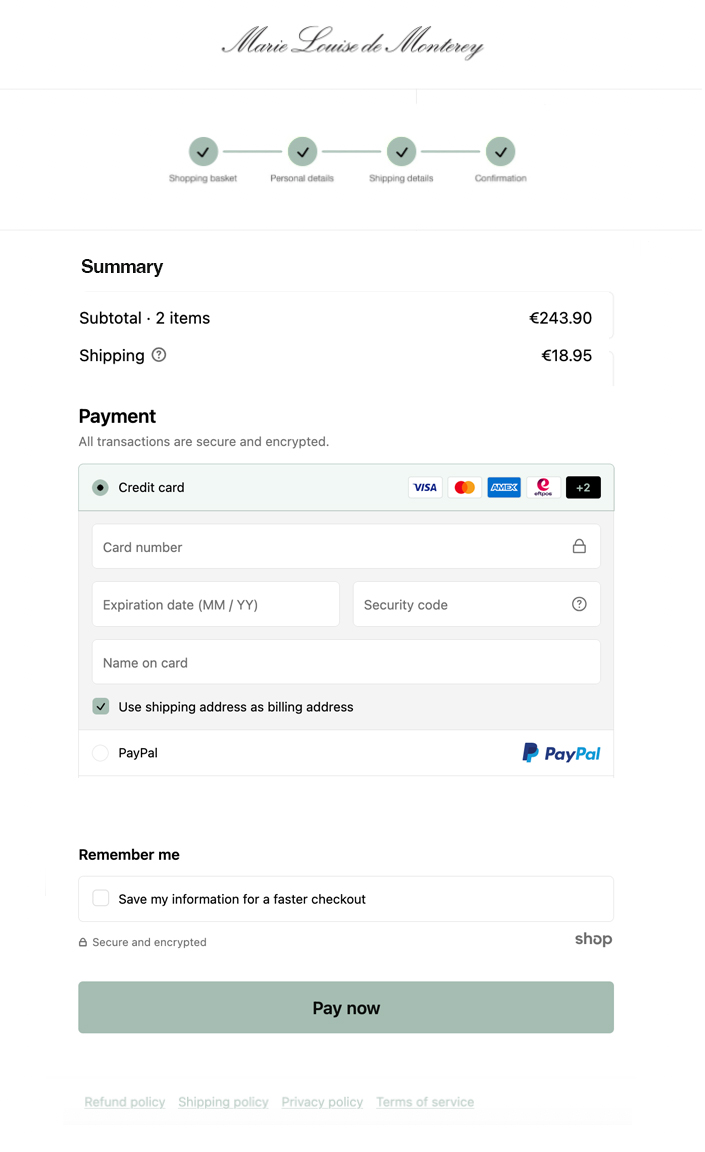
04
Solutions & Design Approach

Mobile First
Make the checkout process mobile-friendly, checkout pages are automatically resized for a small screen, and shoppers see large finger-friendly checkout buttons and fonts that encourage them to complete a purchase through their smartphone.
Password & Reset
During testing, we observed that extensive and strict password rules can cause up to an 18% checkout-abandonment rate among existing account users when they have trouble signing in.
In particular, the password-reset email is a very weak link in the “forgot password” chain, as any issue with the password-reset process locks a user out of their account, at which point abandonments are very likely.
We resolved this by asking for the user's email to send an active link for sign-in.


Account Selection & Creation
25% of customer abandonment was identified at the account creation stage so a guest or express checkout was added to fluidify the payment process, it was placed as the most prominent option on the account selection step to ensure users can easily find it. For the usual account sign-in, we also added auto-filled form fields.
Added Payment Providers
While the majority of online purchases were using credit cards, in line with a mobile-first evolution in the UX/UI and increasingly payments would be used via digital wallets GooglePay, Shop Pay, and AfterPay were integrated to optimize the AOV with BNPL payments on the rise.
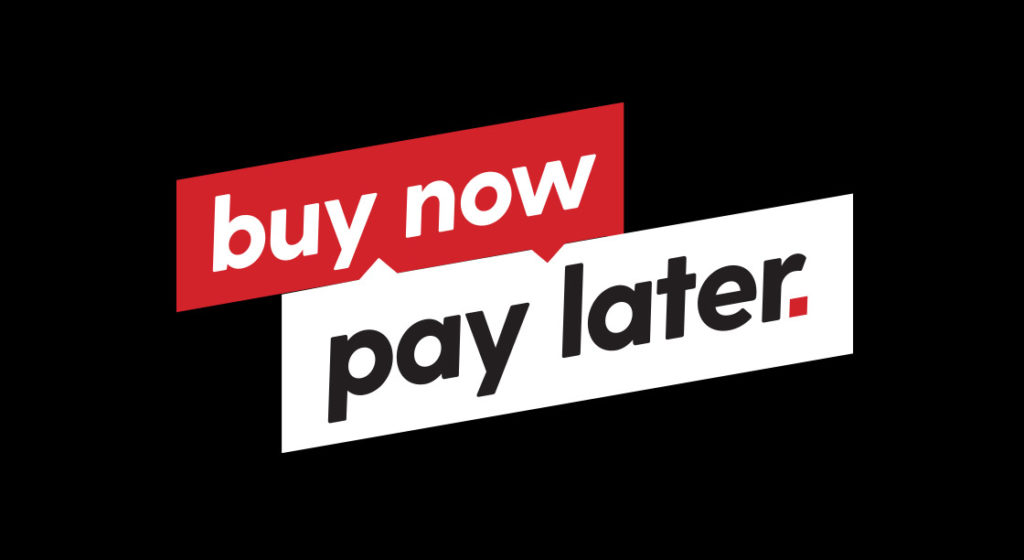
Shipping & Fulfillment
Delivery Speed was changed to Delivery Date to avoid customers being confused about when the articles would arrive.
“It doesn’t say ‘estimated date’ or anything…if it’s two to three business days at $4.99. I don’t know.” The customers profiled in the user tests had no information about the speed or timing of the different shipping options, “Aust Post Regular Mail” was opaque in communicating the estimated arrival date.
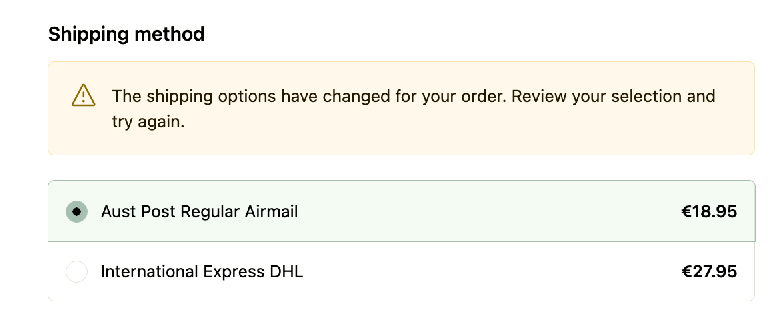
05
Payment Flow Improved
Re-designed for performance
The ergonomy changed for the checkout as the payment flow was combined into a single page for efficiency, with auto-filled fields.
Already this single step started converting more customers and we saw an increase in conversions and less cart abandonment by more than 25%.
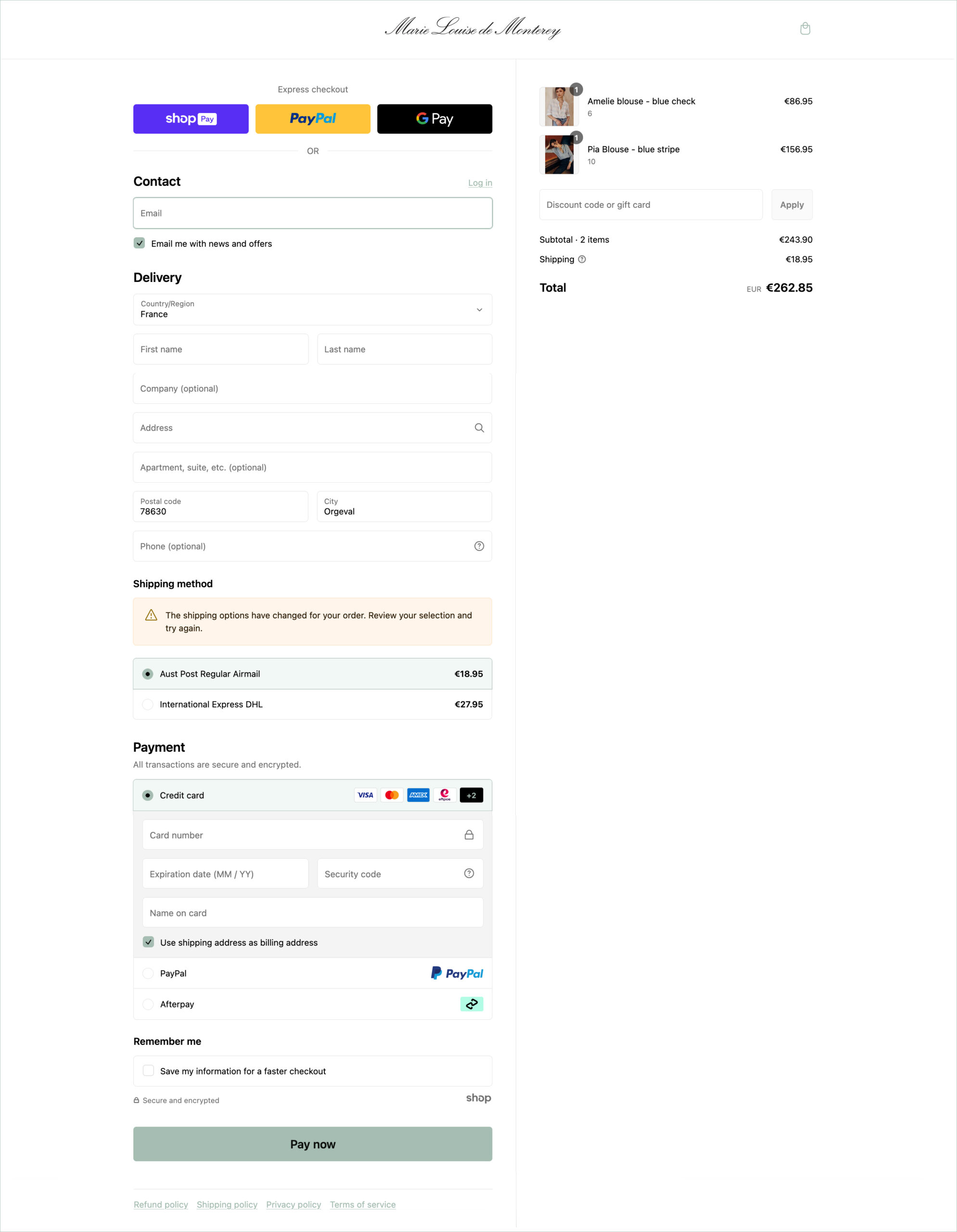
The redesigned checkout/payment page
Elevated Purchase Summary
The purchase summary was elevated and became a 'Sticky' feature on the checkout page so that customers could easily confirm what they were paying for, this minimized errors and unnecessary returns on orders.
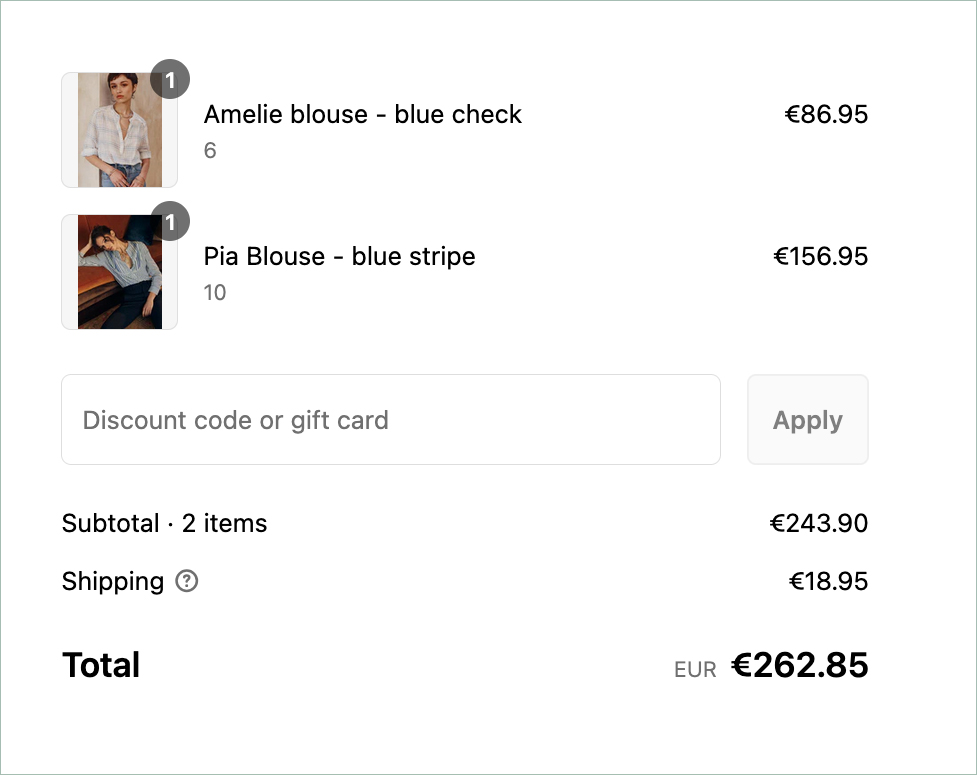
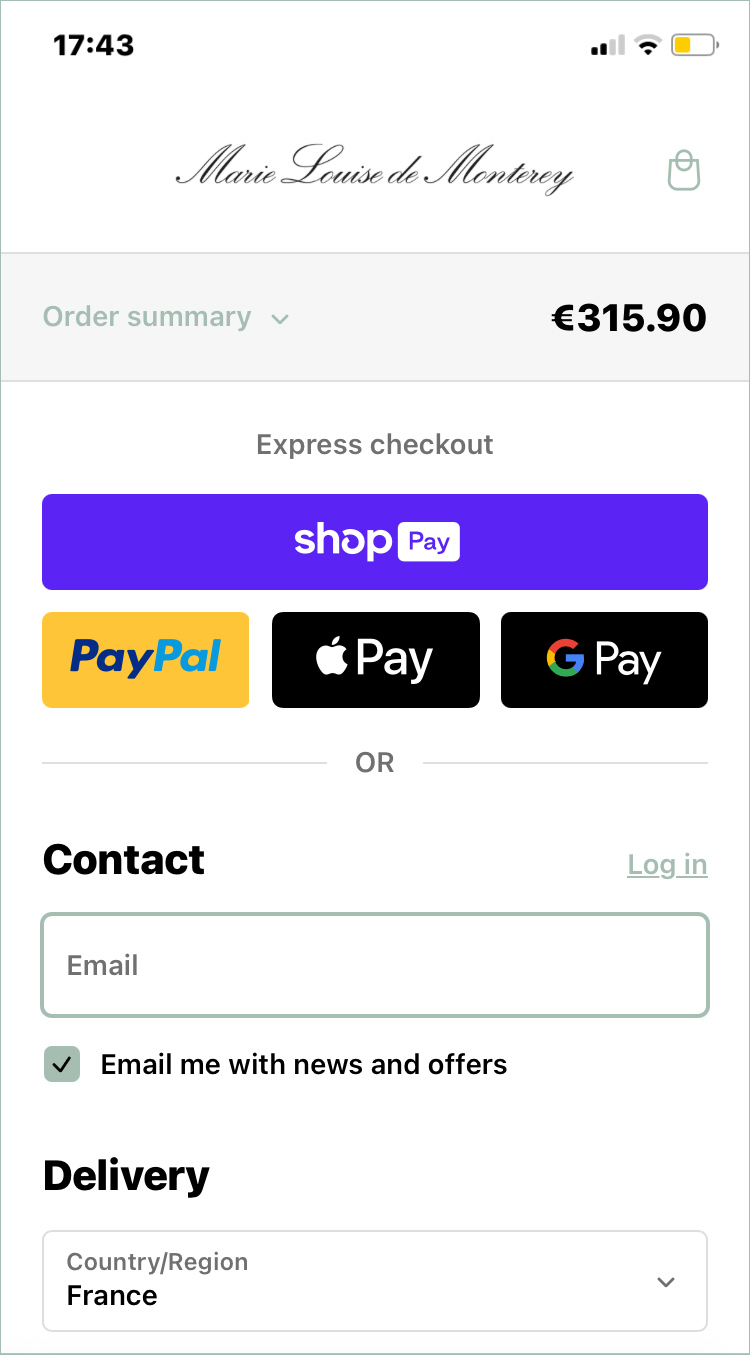
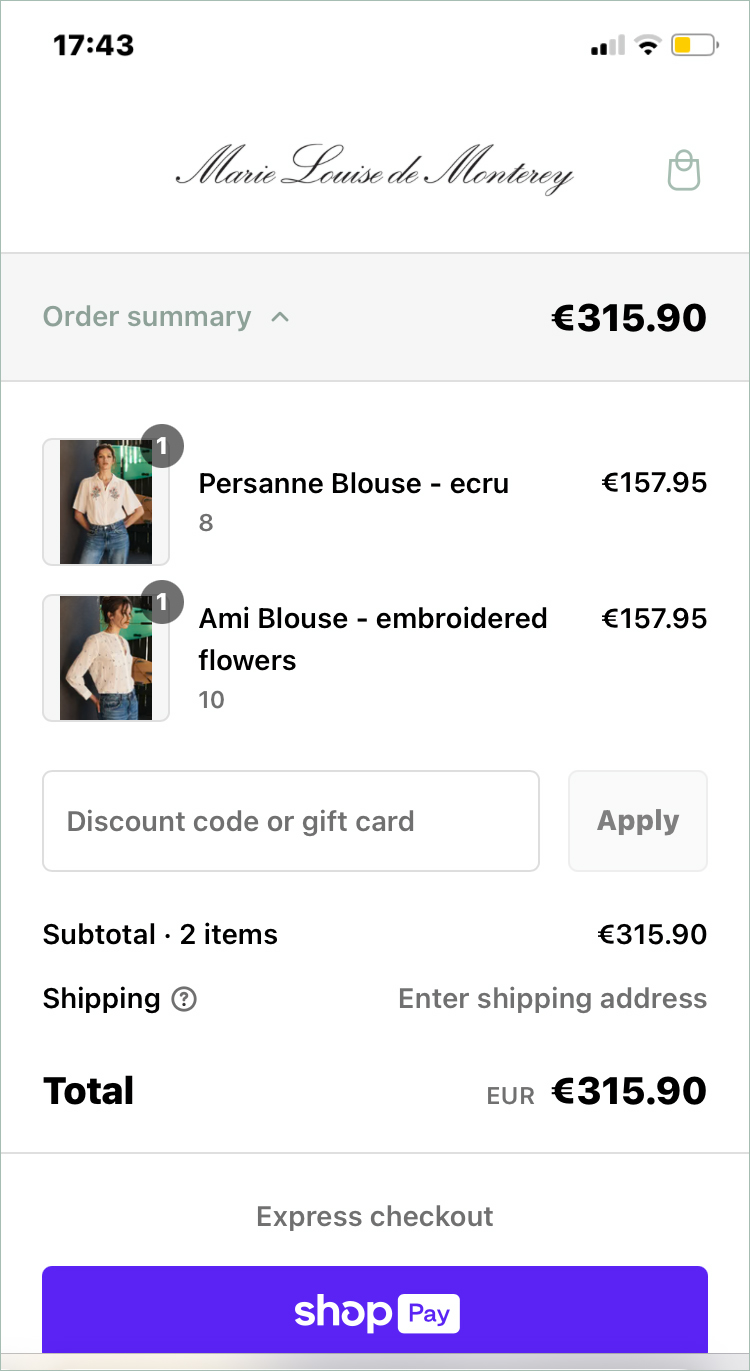
In the mobile experience, the purchase summary remained above the fold with a collapsable panel, so it could be easily consulted throughout the payment process, therefore reducing errors in orders and returns.
06
Further Enhancements
Cross-Selling Enhancements
We added relevant product recommendations before payment, which in turn increased AOV by 40%.
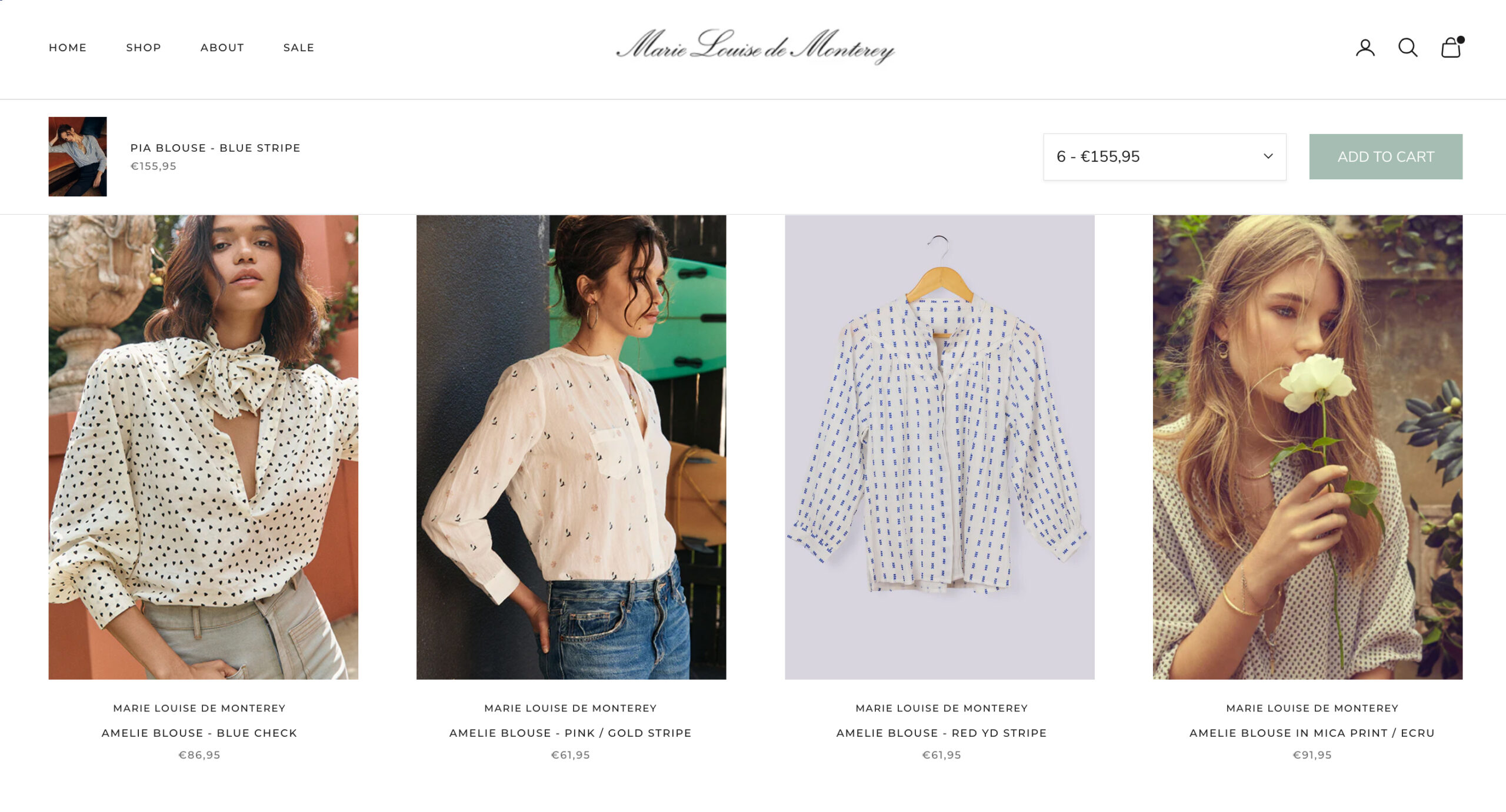
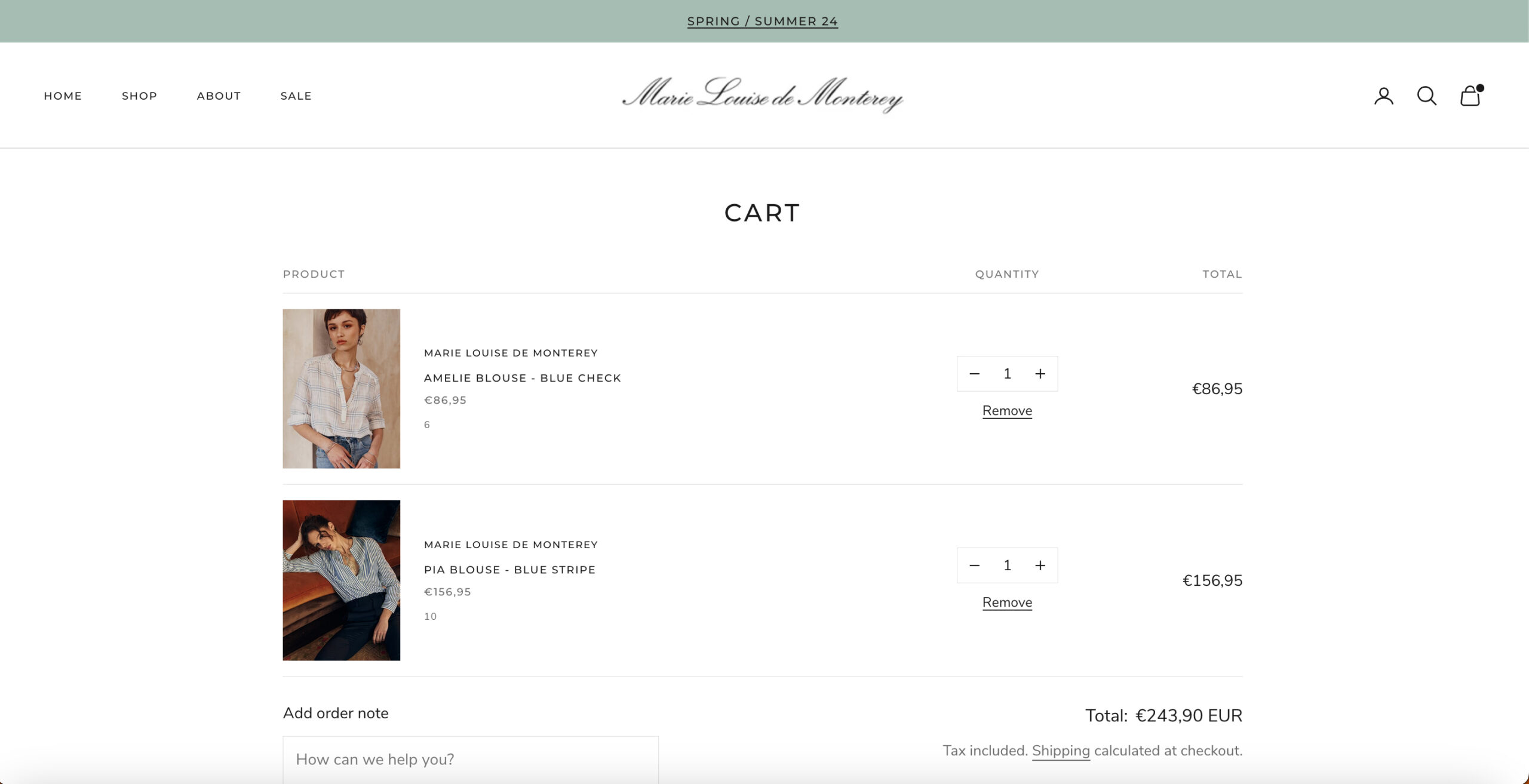
07
Outcomes
30%
DECREASE IN CART ABANDON
40%
INCREASE IN CONVERSION RATE
60%
INCREASE ON AVERAGE ORDER VALUE
75%
REDUCTION IN SUPPORT REQUESTS
Key takeaways
- I found that streamlining checkout through simplified steps, autofill, and guest checkout and adding subtle cross-sell opportunities improved both UX and business performance.
- Adding trust elements (security badges, return policies) increased conversions.
- A mobile-friendly checkout with large touchpoints, auto-fill on the forms, clear CTA, encouraged shoppers to complete the transaction.
- Smart bundling on items to increase AOV. I had wanted to test cross-selling or bundling in the payment flow, but at the product selection phase we were already seeing high conversions.
- From the customer sessions, some of the other findings that surfaced on why users drop off during checkout were;
Over half of the users abandoned pages that took over 3 seconds to load.
Nearly 3/4 abandoned their carts due to unexpected costs, complex checkout flows, and security concerns such as a lack of trust signals (badges, known payment providers) to increase conversions.
Speed and ease to complete the payment were important yet required trust badges making the process too fast through A/B testing we discovered that did not reassure customers and they were likely to subsequently cancel their orders. - Making “Guest Checkout” the Most Prominent Option To fix this issue, make the “Guest” option the most prominent option on the account selection step to ensure users can easily find it.
- Delivery date instead of the delivery speed had more conversions.
- Future scope: Further A/B testing and refining personalization strategies.
+ 33 (0) 6 62 81 69 54
penstar@email.com, Orgeval, 78630, France
© | 2025